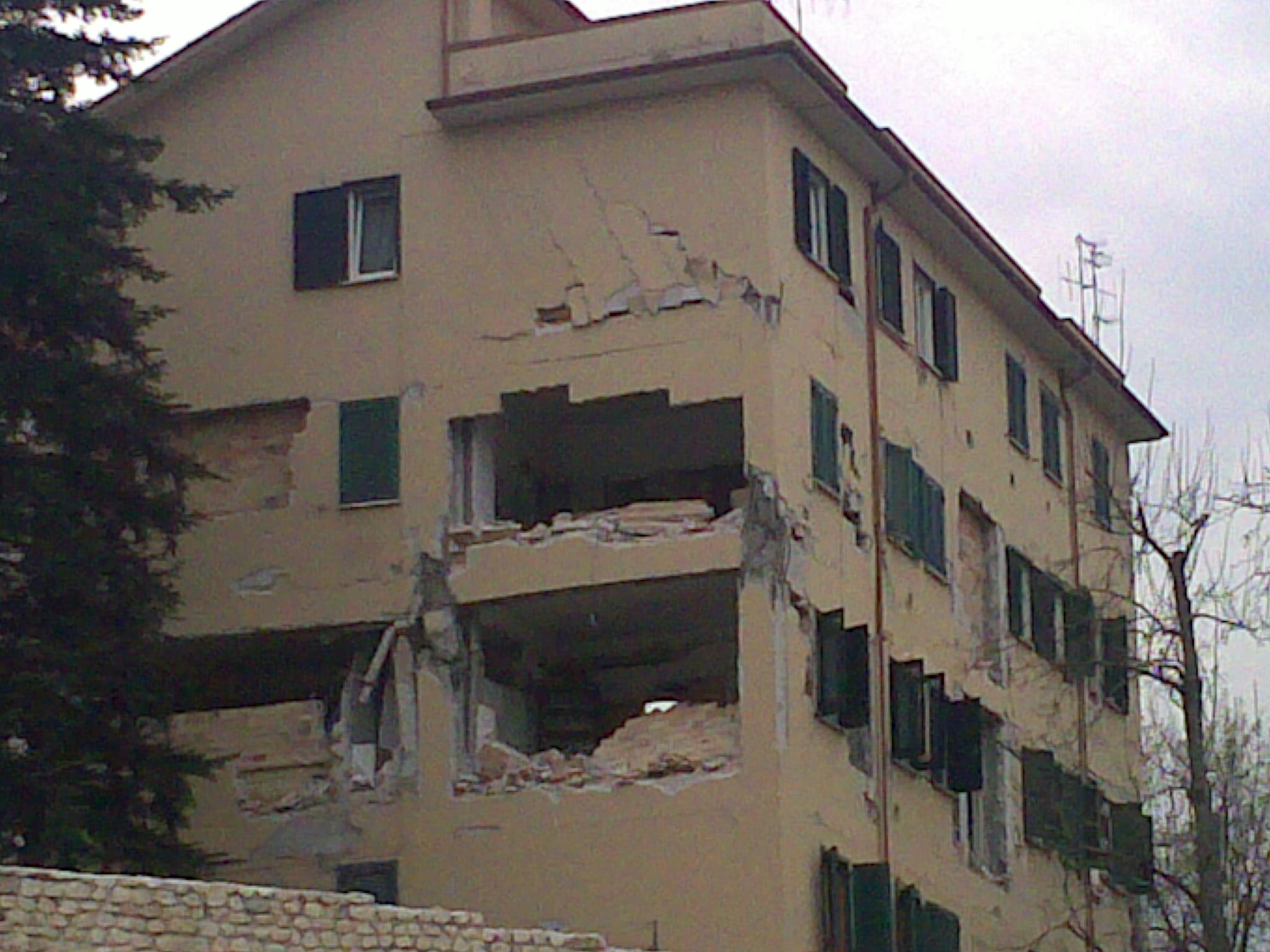Monitoring the safety levels of buildings
 The main project objective was the definition of a set of priority actions and interventions based on economic and financial sustainability criteria aimed at increasing the resilience of existing buildings in the event of earthquake, in the perspective of achieving the Boundary Condition for the Life Safeguard.
The main project objective was the definition of a set of priority actions and interventions based on economic and financial sustainability criteria aimed at increasing the resilience of existing buildings in the event of earthquake, in the perspective of achieving the Boundary Condition for the Life Safeguard.
This objective was pursued through the definition of:
- Guidelines for evaluation and monitoring actions of the safety level of buildings and infrastructure works;
- Criteria for the intervention of seismic improvement;
- Types of economically and financially sustainable interventions.
The scientific and technical activities implemented under the project allowed to define the basic guidelines regarding the definition of the reference seismic action highlighting, in addition to the assessments of basic seismic hazard and the effects of local amplification due to the stratigraphy and the topography, also the reference elements for the analysis of the seismic action closely the main systems and seismogenic zones (near-fault).
Regarding the structural safety design, the project was inspired to the performance criteria of the most advanced computer codes taking also into account, both for the Operational Boundary Condition (OBC) and the Ultimate Boundary Condition (UBC), the elements connected to the conservation properties of the physical and mechanical features of materials and structures constituting the single building structure, representing the capability to maintain the safety level during the useful life of the buildings.
The monitoring of structural safety levels has been defined in relation to the performance of actions and interventions aimed at planning and performing periodic assessments, pre-and post- seismic, of the structural performance of buildings and infrastructure works in relation to both the OBC and UBC.




